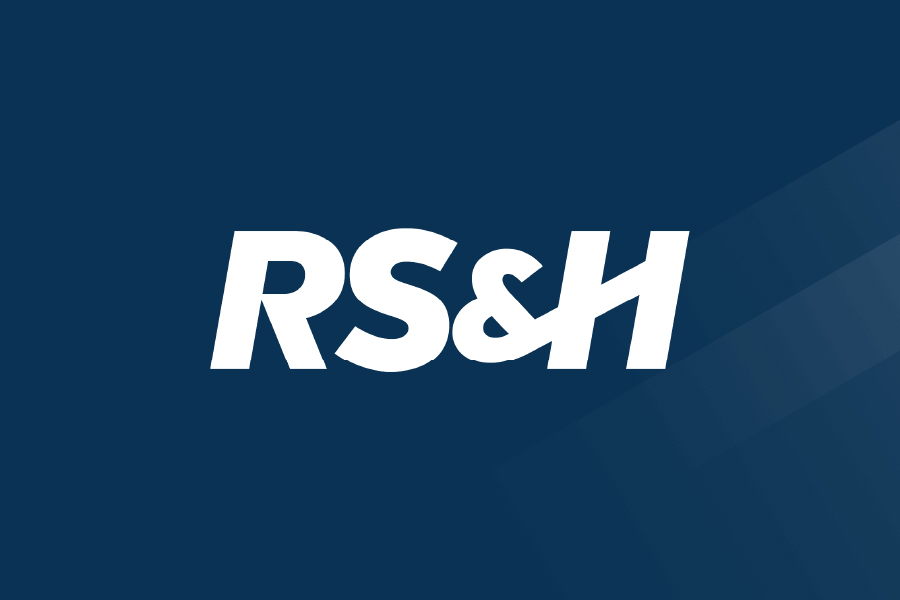Designing a Commercial Space Facility for Today & Tomorrow’s Innovations

A crucial component of any design and planning process is understanding the role of anticipation.
It’s important to anticipate how a facility will function, ensuring the work slated to be done inside can easily and efficiently flow throughout the building, and it’s also important to anticipate what might be next on the horizon for the client.
At RS&H, we appreciate that anticipation, relying on our blend of diverse experiences to generate innovation and ultimately position our team to navigate the challenges it can pose. This process itself is rife with its own unique tensions — the desire to innovate often can pull designs one direction, but the realities of the projects can tug it another way.
With this in mind, RS&H’s Aerospace team is in constant pursuit of determining what’s efficient, economical and relevant for our clients’ needs both now and in the future.
Understanding the Client’s Needs for the Future
A large part of those unique tensions in the planning and design process involves weighing the circumstances of the current moment with the desires and needs of tomorrow.
Clients might put a lot of focus on seeking the most efficient and most effective facility to satisfy their business and research needs today, but they also need to be mindful of how they can wisely accommodate growth in the coming years.
Facility designs that call for a linear throughput in production — where products come in through one door and make their way across the building to a separate exit point in an orderly fashion — often can be set up so future expansions can be accommodated by building outward. This enables the initial footprint to remain smaller to meet client needs and budget realities, but also establishes a cost-effective foundation to manage future growth.
Alternative delivery is gaining prominence in the aerospace industry. Read our five tips for success.
“Think of it like hydrology, because you have to look at how all these parts, pieces and goods ultimately will flow through the building and result in a final, completed launch vehicle, payload, or any other piece of aerospace equipment,” said RS&H National Design Director Philip Robbie, AIA, OAA, LEED AP. “When you look at that flow throughput, you start to understand what the production rate is today, and that allows you to shrink back the building to the most affordable footprint.
“But you also need to understand what the production capacity is on the horizon, because then you’ll know where the expansions need to be. You have to ensure that the work you do today does not preclude that production capacity on the planning horizon.”
As RS&H approaches the design process for these large-scale facilities, the team works through the questions that arise and the challenges they face. The design team’s approach is to not merely ensure the facility in question can work for the client on day one, but also to demonstrate how the client itself can work on day one of its next facility.
Understanding the Technologies That Will Inform the Future
Preparing clients for what comes next is an essential piece of the puzzle, but so is the ability for the RS&H team to anticipate, evaluate and understand the various types of emerging technologies that will fuel facility planning, design and construction in the coming years.
Let’s consider the potential benefits of artificial intelligence (AI), which is one of a series of smart technologies that could impact project design and building in several ways down the line. For instance, understanding how AI technologies could anticipate and respond to changing environmental and weather conditions can generate long-term cost savings.
When properly understood and incorporated into future designs, AI and other smart technologies have the potential to provide automation support at various facilities to yield substantial savings and generate meaningful efficiencies.
That’s why RS&H puts a premium on constant self-evaluation to learn, grow and innovate.
In fact, it’s an essential part of the company’s ethos because it provides the opportunity to study, understand and bring new ideas of all stripes to bear which can benefit, and challenge, the client.
Understanding the Necessity of Diverse Thought
This type of forward-thinking planning both for individual projects, as well as for the future direction of the broader aerospace industry, doesn’t occur without some level of intentionality. And that intentionality is fueled by having varying viewpoints, experiences, perspectives and degrees of expertise gathered to evaluate and address the challenges inherent to the process.
Read how permitting & regulations knowledge can save you time and money.
“When we say we’re going to design a facility, you come in and you’ve done so many of these before that you begin the discussion, you talk about the constraints and the ideas begin to rise and rise,” Robbie said. “Then, all of a sudden, they begin to fall off because you’ve done everything you’ve done in the past. Now, you’ve got dead air and awkward silence.
“In that frustration, somebody is going to relax a constraint and view the project differently. What happens is the ideas begin to peak again. Our role is to acknowledge the existence of the second peak and know this is where the true innovation is.”
Learn how our talented team of innovators can help you get your next aerospace project off the ground.




